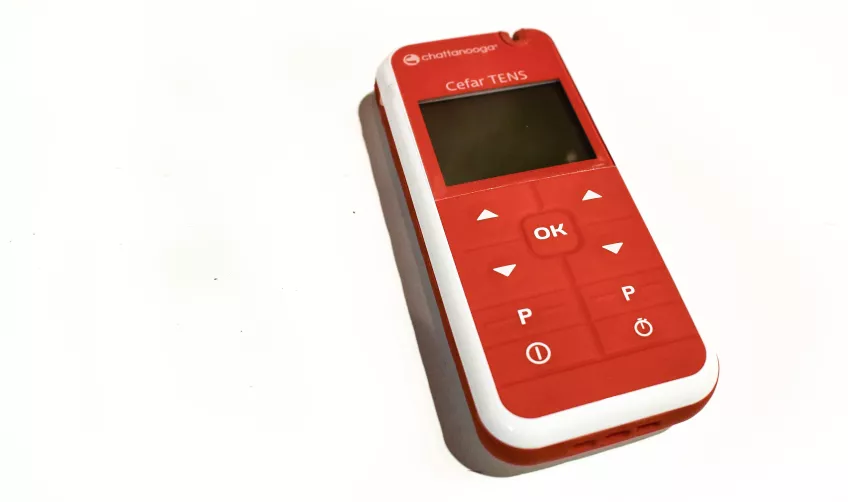Alternative treatments
TENS, acupuncture, and hyaluronic acid injections are examples of alternative treatments that may relieve osteoarthritis symptoms.
According to research, most alternative treatments for osteoarthritis (OA) provide either minimal and limited symptom relief or are no better than placebo. However, the placebo effect should not be undermined, as it can be very strong, having the ability to make a person feel better. It is often difficult to know if it is the actual treatment or the placebo effect that is relieving symptoms. Regardless, if you experience an improvement in symptoms, the cost of the treatment is reasonable and the risk of side effects is minor, then there is nothing wrong with continuing the treatment.
Examples of alternative treatment methods
Hyaluronic acid
Hyaluronic acid is a substance that is naturally produced in the body and is an integral component of articular cartilage and synovial fluid. In the joint, hyaluronic acid acts as a lubricant to keep joint surfaces smooth and reduce joint friction. Hyaluronic acid can be injected into joints affected by OA and has long been used as a treatment method for both knee and hip OA. However, it is not recommended as a treatment for OA by the Swedish National Board of Health and Welfare, ACR, or AAOS and research has shown that the substance in fact has very little effect on joint pain and mobility beyond the placebo effect. As a result, the Swedish Dental and Pharmaceutical Benefits Agency decided in June 2010 that hyaluronic acid should no longer be subsidized by the Swedish state, meaning that the patients must bear the treatment cost themselves. Hyaluronic acid injections are expensive, especially as it is recommended that an injection is given once a week for approximately 3-5 weeks to have an effect.
Transcutaneous electrical nerve stimulation (TENS)
TENS is a treatment performed by using a small device with electrodes that send low-voltage electrical pulses through the skin in the area where the pain is present. The electrical pulses stimulate the nerves in the area to block out pain signals sent to the brain. The pain relief that can be experienced is normally short-lived (a few hours) and there is no evidence that the treatment provides lasting pain relief. However, the treatment is generally harmless and has very few side effects (some people may experience a slight allergic reaction to the adhesive pads attached to the skin). Note that a TENS machine should not be used without a doctor's prescription if you have a pacemaker.
Acupuncture
Acupuncture is a popular ancient Chinese medical treatment that is done by inserting hair-thin needles into specific points in the body to relieve disease symptoms such as pain. The needles can either be stimulated by hand or electrically with electric currents (also known as electroacupuncture). The scientific evidence for acupuncture relieving joint pain long-term is weak and studies have shown that after 8 weeks there is only a 5% improvement in joint pain compared to so-called "sham" acupuncture (placebo acupuncture). According to the Swedish National Board of Health and Welfare, acupuncture may have some effect in relieving knee pain but has no proven effect beyond the placebo effect in relieving hip pain. However, if you experience pain relief from the treatment, it is a good alternative to painkillers as side effects are very uncommon.
Heat and cold therapy
Applying heat or cold to an OA-affected joint is an inexpensive treatment method that may temporarily relieve joint pain and swelling and provide a relaxing effect. To cool a painful joint you can, for example, use a frozen cooling bag or ice cubes wrapped in a dishtowel. To treat joint pain with heat you can use wheat or rice pillows that can be heated in the microwave or a hot water bottle. Some people experience pain relief from taking a hot bath. There are also special cooling and heating pads that can be bought. Ice is normally applied to the knee after sustaining an acute knee injury to treat swelling and inflammation, as the cold constricts blood vessels which reduces swelling somewhat. Heat does the opposite, increasing blood circulation and should therefore not be applied to a swollen or inflamed joint. Heat should only be applied to a joint if you suffer from long-term (chronic) pain, to provide pain relief and loosen up the muscles around the joint. Heat therapy may also increase joint mobility.


